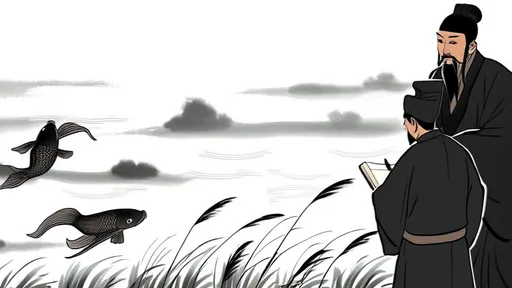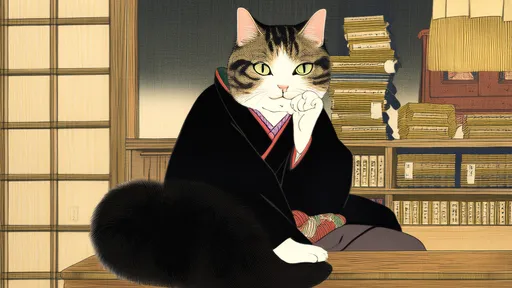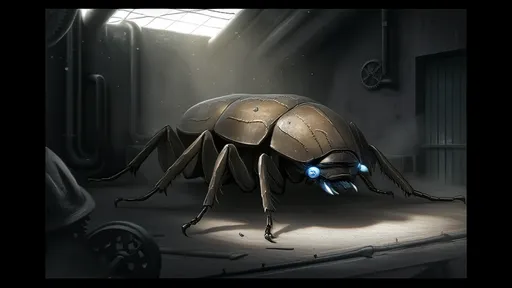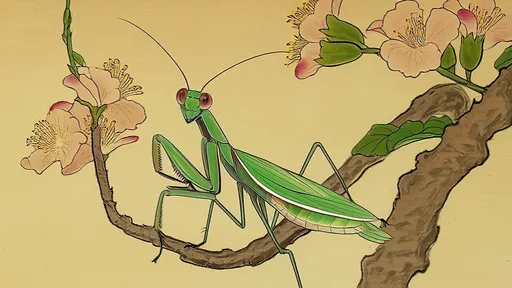In the ongoing battle against rhino poaching, conservationists have resorted to increasingly creative measures to protect these endangered giants. One of the most visually striking – and controversial – approaches involves injecting bright pink dye into rhino horns. This radical tactic, implemented in several African reserves, aims to render the horns worthless on the black market while simultaneously making poached horns easier to detect at borders and checkpoints.
The concept originated from a simple premise: rhino horn powder is primarily valued for its aesthetic qualities in traditional medicine markets, particularly in Vietnam and China. By saturating the keratin-based horns with indelible pink dye and toxic but non-lethal compounds, conservationists hope to destroy both the visual appeal and potential pharmacological value of the product. Field tests have shown the dye penetrates deep into the horn's structure, remaining visible even when ground into powder.
Why pink? The choice of color wasn't arbitrary. Conservation psychologists determined that bright pink carries particularly negative cultural associations in key consumer markets, potentially making dyed horn powder less desirable. Additionally, the vivid hue shows up clearly in X-ray scanners at airports and border crossings. Some reserves have gone further by adding traceable RFID microchips along with the dye, creating a multi-layered identification system.
The treatment process itself is remarkably low-impact for the animals. Veterinarians carefully dart rhinos from helicopters or vehicles, then administer a sedative before drilling small holes into the horn to inject the dye mixture. The entire procedure takes less than twenty minutes, after which the rhino wakes up with no apparent discomfort. Researchers emphasize that the dye doesn't affect the horn's growth or the animal's health, as horns lack nerve endings or blood vessels.
Early results from South Africa's Sabi Sand Game Reserve show promising trends. Since implementing the pink horn program in 2019, not a single treated rhino has been poached, compared to significant losses in untreated populations nearby. The visual deterrent appears effective – poachers actively avoid pink-horned rhinos, knowing their product will be difficult to sell. This creates a protective halo effect, as poachers can't easily distinguish treated horns from untreated ones without getting dangerously close to the animals.
However, the approach hasn't been without criticism. Some conservation biologists argue it fails to address root demand issues and may simply displace poaching to untreated populations. Others question whether the dye truly eliminates all medicinal value as claimed. There have been isolated reports of pink-dyed powder appearing in Asian markets, suggesting some consumers remain undeterred. Additionally, the high cost of repeatedly treating animals (dye fades over 3-4 years) raises sustainability concerns.
Despite these challenges, the pink horn initiative represents an important shift in anti-poaching strategy – moving beyond armed protection toward making the actual commodity less valuable. As one field technician in Kenya observed: "It's not enough to guard rhinos with guns when a single horn can sell for $300,000. We have to attack the economic incentive itself." Several other countries are now exploring similar programs, with variations including fluorescent dyes and even synthetic hormone additives designed to trigger drug tests.
The psychological impact on poachers may prove as valuable as the physical deterrent. In regions where the program has been publicized, there's growing awareness among would-be poachers that pink horns mean wasted effort. Conservation groups amplify this effect by circulating images of brightly colored horns through local communities and international media. This "advertising" of the treatment's effectiveness appears to be reducing poaching attempts even in areas where not all rhinos have been treated.
Looking ahead, researchers are developing next-generation horn treatments that could provide longer-lasting protection. One experimental approach involves periodically applying a colorless compound that turns pink upon exposure to air – ensuring any chopped horn immediately reveals its origin. Another team is working on genetic markers that would make all horn powder traceable to its source, similar to diamond certification systems.
While not a silver bullet, the pink horn strategy has injected new hope (and vivid color) into the fight against wildlife trafficking. As conservationists continue refining these methods, they're sending a clear message to poachers and consumers alike: the rhino horn trade's days may be numbered, one bright pink warning at a time.

By /Jul 24, 2025

By /Jul 24, 2025

By /Jul 24, 2025

By /Jul 24, 2025

By /Jul 24, 2025

By /Jul 24, 2025

By /Jul 24, 2025

By /Jul 24, 2025

By /Jul 24, 2025

By /Jul 24, 2025

By /Jul 24, 2025

By /Jul 24, 2025

By /Jul 24, 2025

By /Jul 24, 2025

By /Jul 24, 2025

By /Jul 24, 2025

By /Jul 24, 2025

By /Jul 24, 2025